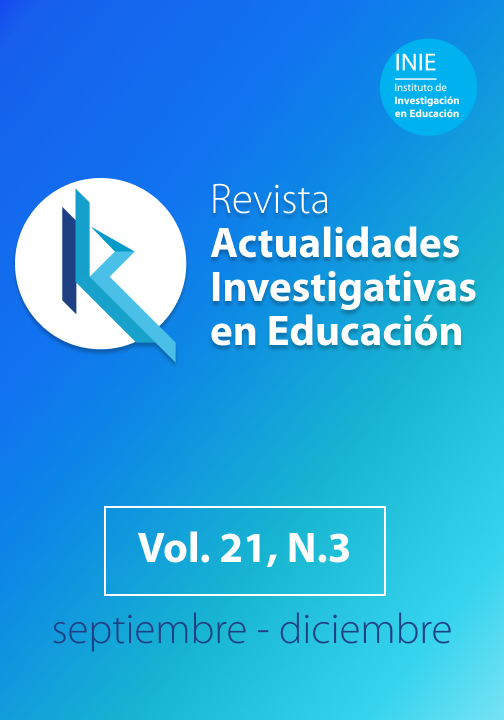Abstract
The study on communicative competence focuses on oral fluency and text comprehension as two unrelated aspects. However, the classroom context involves reading specialized texts to communicate them to professors and classmates. Therefore, it is not enough to judge the L2 student's participation on the level of grammatical correctness and/or pragmatic adequacy, but it is necessary to investigate how the specialized content is communicated in the classroom to confirm comprehension, i.e. to prove that the text has been understood. Especially that the comprehension of this pedagogical resource is an indicator of an efficient teaching process that meets certain learning objectives. In this sense, this investigation aimed to determine the strategies to communicate what is read and confirm comprehension in Spanish L2 History and Literature courses in Chile. For this purpose, sixty students and four professors participated in the investigation and a qualitative case study was implemented based on classroom observation. The data were interpreted through a content analysis in Nvivo 12 program. The results suggest that communicating what is read is a strategic skill, independent of oral proficiency and varies according to the discipline and the texts taught in each. The main conclusion is that the characteristics of the teaching material determine how what is read in class is communicated and understood and may even facilitate its comprehension, as is the case of expository texts used in History courses.



